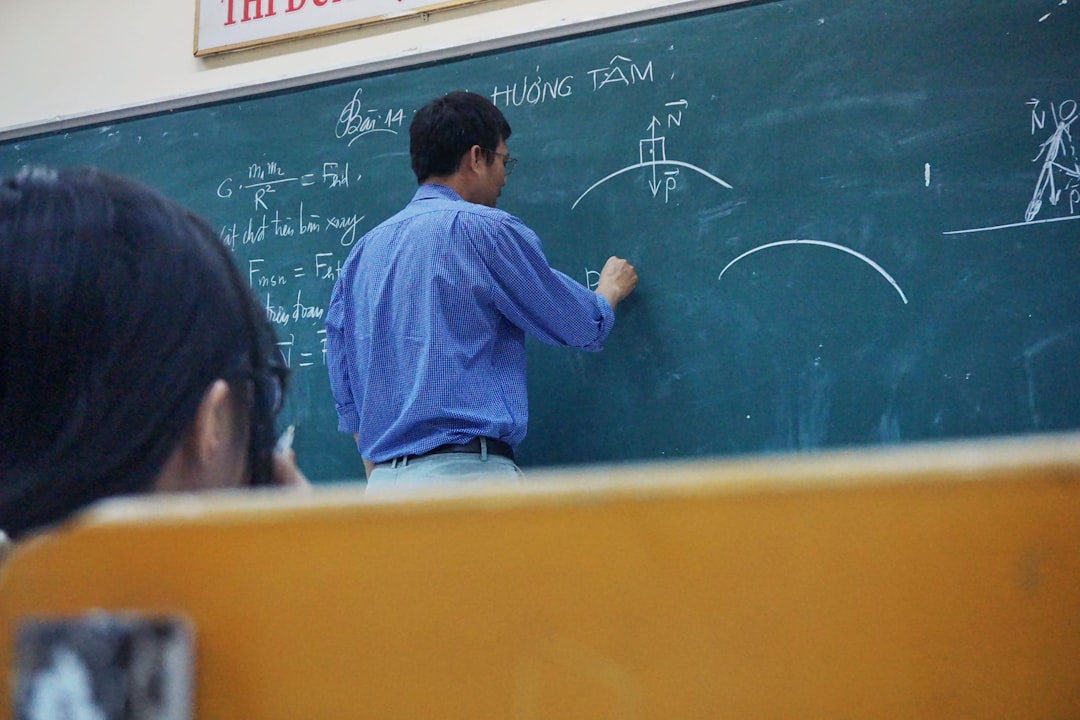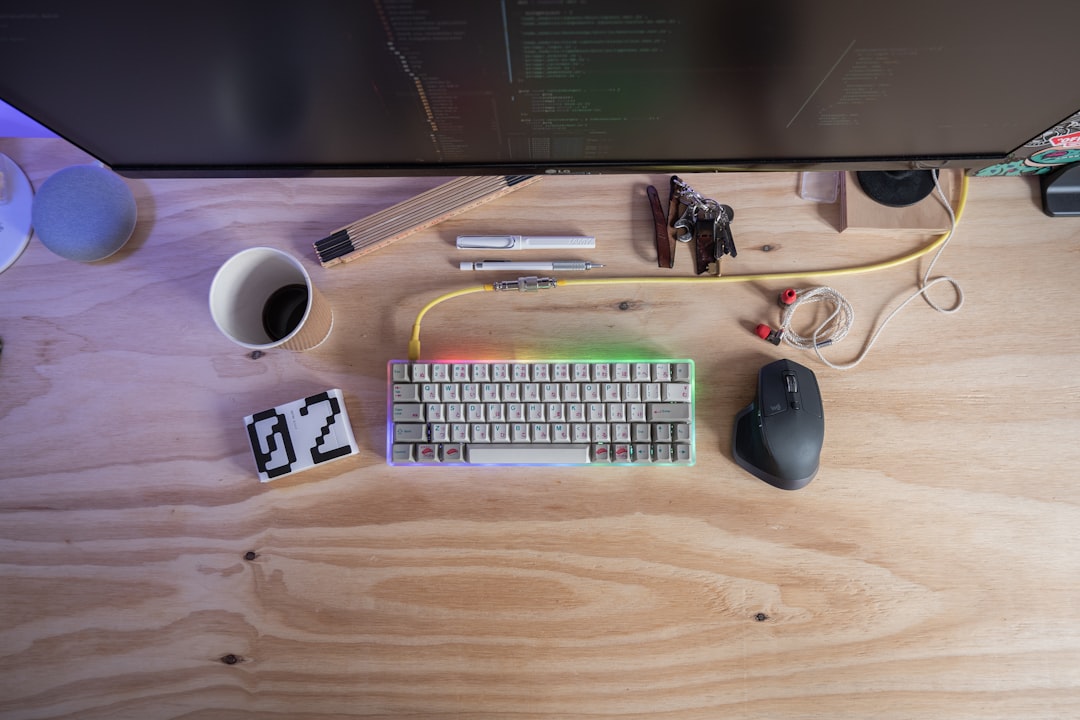Artificial Intelligence (AI) is rapidly transforming various facets of human endeavor, and the realm of mathematics is no exception. One intriguing and innovative application of AI is its integration into math competitions, particularly those modeled after or inspired by the traditional Math Olympiad format. The Artificial Intelligence Math Olympiad (AIMO) is a new frontier where machines and minds converge to challenge, learn, and evolve together.
This modern evolution of mathematical contests is not just an update in format; it’s a paradigm shift in thought, practice, and purpose. Instead of merely solving problems, competitors and AI systems alike are now exploring how to approach mathematics more creatively, more strategically, and at an entirely new scale.
The Emergence of AI in Mathematical Problem Solving
Traditionally, math olympiads have been rigorous tests of logic, deduction, and creativity, designed to stretch the intellectual capacities of human students. However, with the advent of deep learning and natural language processing, AI systems have begun entering these arenas, either as solvers, creators, or assistants.
Recent developments in AI models such as OpenAI’s Codex or Google’s DeepMind AlphaCode have demonstrated that AI can solve complex math problems with increasingly human-like insights. By being trained on vast datasets of mathematical theories, Olympiad problems, and previous solutions, these systems can now generate original solutions, adapt to abstract logic, and even improve through competition feedback.
AIMO seeks to bridge the gap between computational power and human ingenuity by creating a platform where AI and students can both participate. In some formats, students work alongside AI to solve problems collaboratively. In others, AI entities themselves compete under constraints similar to human competitors.

Benefits of Integrating AI Into Math Competitions
The fusion of AI and math olympiads brings about several remarkable benefits that extend beyond just solving equations:
- Enhanced Learning: AI can analyze a student’s approach and offer personalized feedback, accelerating the learning curve.
- Creative Problem Generation: AI can generate complex, novel questions to challenge higher-level thinking that even experts might overlook.
- Inclusivity: AI-assisted training tools level the field, especially for students from underprivileged backgrounds who may not have access to experienced mentors.
- Real-Time Analysis: AI evaluates over millions of variables, offering real-time insight into problem difficulty and solving strategies.
Moreover, AI helps to democratize access to elite-level problem solving by making resources more readily available and by translating abstract solutions into more digestible formats for learners worldwide.
The Structure of the Artificial Intelligence Math Olympiad
The AIMO format varies, but many competitions now categorize their events into two branches: Human-AI Cooperative Events and AI-Only Challenges.
1. Human-AI Cooperative Events
In this category, teams composed of students and AI work together to solve complex math problems. The AI may suggest strategies, verify solutions, or point out errors in logic — essentially acting as a digital coach and collaborator.
2. AI-Only Challenges
In these events, AI systems go head-to-head, attempting to outperform each other in problem-solving speed, accuracy, and elegance of solution. These challenges help benchmark AI capabilities and highlight gaps that still require human intuition.
These dual paths allow the Olympiad to not only evaluate AI but also teach it, creating a feedback loop where both humans and machines improve through mutual exposure and challenge.

Training AI for Math Mastery
Training an AI to perform in a Math Olympiad involves more than feeding it problems and solutions. Systems must understand abstract reasoning, pattern recognition, and sometimes even linguistic nuance when interpreting problem statements.
AI developers use a combination of:
- Reinforcement Learning: Reward-based training that refines the AI’s problem-solving pathways through trial and error.
- Natural Language Processing (NLP): Helps the system understand word problems as humans would.
- Symbolic Reasoning Models: Offer the AI tools for managing expressions and algebraic manipulation efficiently.
This multi-disciplinary training approach develops AI systems that aren’t just fast calculators — they become sophisticated learners capable of “figuring things out” the way a savvy human student would.
Challenges and Ethical Considerations
Despite its promise, the integration of AI in math competitions raises several questions, particularly concerning fairness, reliability, and educational value. Among the concerns are:
- Is an AI-assisted solution still a human achievement?
- How do we measure creativity in AI-generated solutions?
- Could over-reliance on AI erode critical problem-solving skills in students?
Organizers and educators aim to strike a healthy balance. By emphasizing collaboration rather than substitution, they promote AI as a tool that enhances — not replaces — human intelligence.
The Future of Math and AI Collaboration
Looking ahead, it’s clear that AI will play an increasingly prominent role in developing mathematical talent. Its applications won’t stop at just competitions; they could transform classrooms, research, and even how mathematical discoveries are made.
Institutions are already experimenting with AI-driven testing platforms that adapt in real-time. University laboratories are partnering with AI developers to push theoretical frontiers. What started as a digital teammate in an Olympiad setting might evolve into a co-author of the next great mathematical theorem.
The Artificial Intelligence Math Olympiad is a glimpse into what’s possible when silicon and cognition intersect with purpose. It’s not just about better scores or faster answers — it’s about fundamentally reshaping our relationship with numbers, logic, and learning itself.
FAQs: Artificial Intelligence Math Olympiad
-
Q: Can students of all levels participate in AI-integrated math competitions?
A: Yes, many platforms offer beginner to advanced tiers, allowing students from various skill backgrounds to engage, learn, and compete. -
Q: Are AI solutions verifiable and explainable?
A: Modern AI systems are increasingly explainable. Many competitions require step-by-step solution outputs which can be analyzed by judges and human coaches. -
Q: Will AI make human participants obsolete in math competitions?
A: Absolutely not. AI is intended as a supportive tool, not a replacement. The human component remains vital for creative exploration and contextual understanding. -
Q: Can AI generate its own math problems?
A: Yes, AI can create original, high-difficulty-level mathematical problems by analyzing patterns in existing question sets and extrapolating new challenges. -
Q: How is AI trained for such competitions?
A: Through large-scale data inputs, reinforcement learning techniques, symbolic reasoning, and natural language processing for interpreting and solving various problem types.